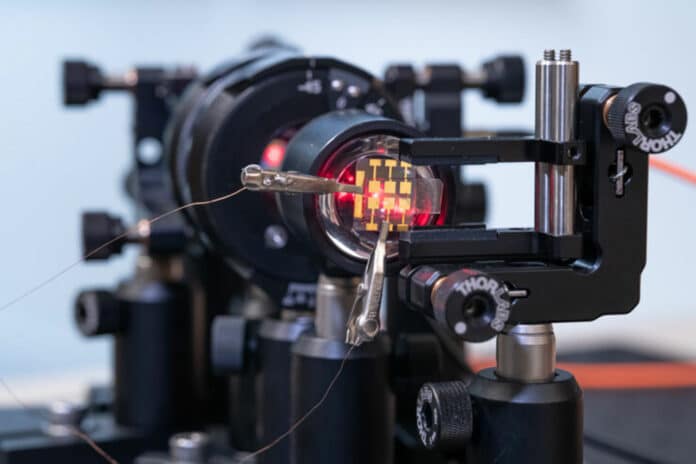Cybersecurity is becoming increasingly important. Additionally, individuals attempting to protect information and hackers are always competing. Encryption is the most used method of information security. Information is thus digitally encrypted when we send emails, make online payments for bills, and shop online.
A random number generator, which can either be a computer program or the hardware itself, is used to encrypt data. The information at the receiving end is encrypted and decrypted using keys generated by the random number generator.
Guilherme B. Xavier, researcher at the Department of Electrical Engineering at Linköping University, said, “In cryptography, it’s not only important that the numbers are random, but that you’re the only one who knows about them. With QRNGs, we can certify that many generated bits are private and thus completely secure. And if the laws of quantum physics are true, it should be impossible to eavesdrop without the recipient finding out.”
Scientists developed a new type of QRNG for encryption, betting, and computer simulations. It uses LEDs made from the crystal-like material perovskite.
Their random number generator is among the best made and performs admirably compared to similar goods. It has the potential to be less expensive and more ecologically friendly because of the characteristics of perovskites.
IFM professor Feng Gao has been studying perovskites for more than ten years. He thinks there is a chance to revolutionize, for instance, optical equipment because of the recent development of perovskite light-emitting diodes (PeLEDs).
Feng Gao said, “It’s possible to use, for example, a traditional laser for QRNG, but it’s expensive. If the technology is eventually to find its way into consumer electronics, it’s important that the cost is kept down and that the production is as environmentally friendly as possible. In addition, PeLEDs don’t require as much energy to run.”
The next phase is to refine the substance to eliminate lead from the perovskite and increase its lifespan, which is now 22 days. According to Guilherme B Xavier, their new QRNG might be used in cybersecurity within five years.
Journal Reference:
- Argillander, J., Alarcón, A., Bao, C. et al. Quantum random number generation based on a perovskite light emitting diode. Commun Phys 6, 157 (2023). DOI: 10.1038/s42005-023-01280-3
